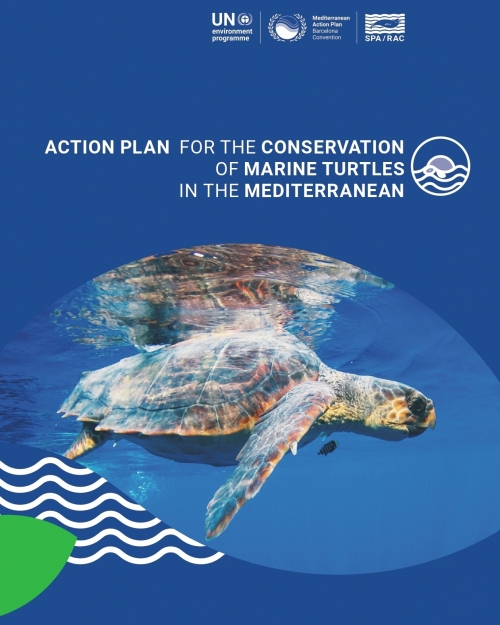Background
Marine turtles are reptiles and reptiles evolved on land. Though they have adapted well to living in the sea, their ties to their ancestors, leads them back to land to lay their eggs and reproduce. The intensive exploitation of turtles during much of last century has led to a virtual collapse of the turtle populations in the Mediterranean. Relatively new threats such as incidental catches and mortality in fishing gear and loss of nesting habitats face the remaining populations.
The conservation of turtles as a result of their biology, therefore, needs to address threats and issues both on land and in the sea. To this purpose, and as a response to growing international concern about the status of marine turtles in the Mediterranean, the Contracting Parties to the Barcelona Convention adopted in 1989 the Action Plan for the Conservation of Mediterranean Marine Turtles.
Objectives
The objective of this Action Plan is the recovery of the populations of of marine turtles through:
- Appropriate protection, conservation and management of marine turtle habitats, including nesting, feeding and wintering areas and key migration passages.
- Improvement of the scientific knowledge by research and monitoring.
Recommendations
Required actions and priorities have been identified for each component of this Action Plan:
- Protection and management of the species and their habitats;
- Research and monitoring;
- Public awareness and education;
- Capacity building/ Training; and
- Coordination.
Updates
Since its adoption, the Action Plan has been revised three times, in 1999, 2007 and 2013.

